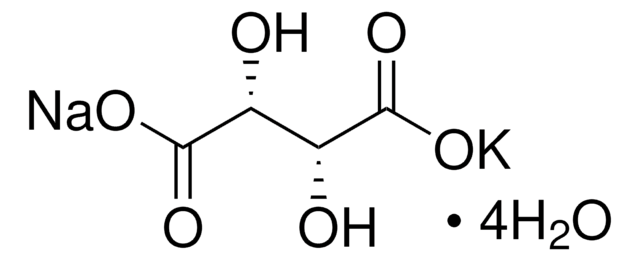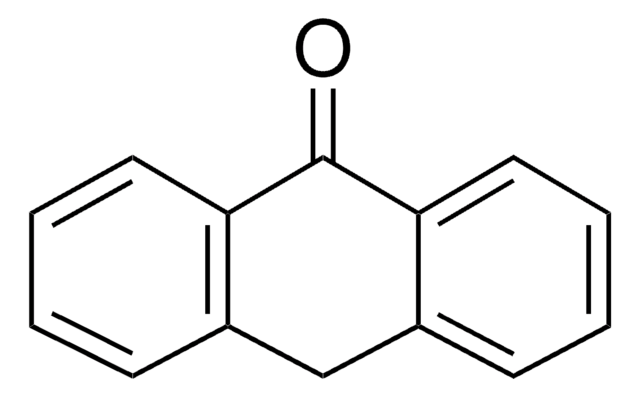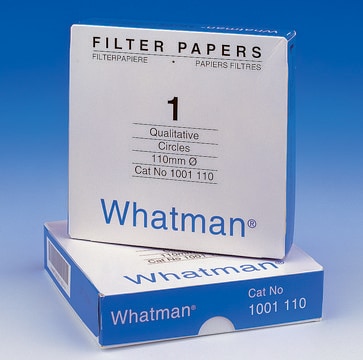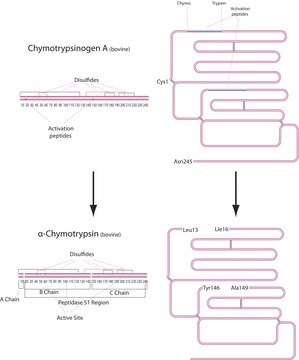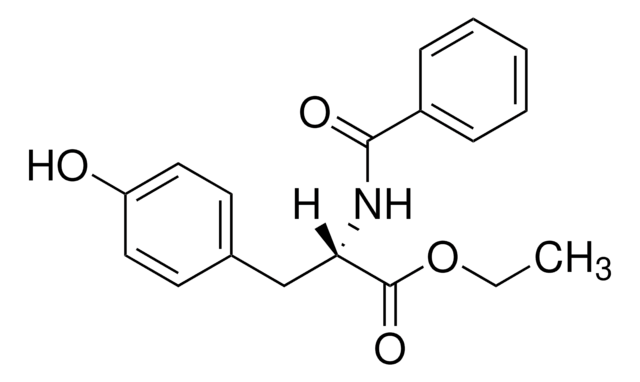218898
5-(Dimethylamino)-1-naphthalenesulfonamide
99%
Synonym(s):
DNSA, Dansyl amide
Sign Into View Organizational & Contract Pricing
All Photos(2)
About This Item
Linear Formula:
(CH3)2NC10H6SO2NH2
CAS Number:
Molecular Weight:
250.32
Beilstein:
2217203
EC Number:
MDL number:
UNSPSC Code:
12352100
PubChem Substance ID:
NACRES:
NA.22
Recommended Products
Quality Level
Assay
99%
mp
218-221 °C (lit.)
fluorescence
λex 280 nm; λem 470 nm (bound to carbon anhydrase)
λem 580 in ethanol
SMILES string
CN(C)c1cccc2c(cccc12)S(N)(=O)=O
InChI
1S/C12H14N2O2S/c1-14(2)11-7-3-6-10-9(11)5-4-8-12(10)17(13,15)16/h3-8H,1-2H3,(H2,13,15,16)
InChI key
TYNBFJJKZPTRKS-UHFFFAOYSA-N
Looking for similar products? Visit Product Comparison Guide
Application
5-(Dimethylamino)-1-naphthalenesulfonamide (DNSA) was used as starting reagent in the synthesis of 2,6-disubstituted pyridines, 6-substituted 2,2′-bipyridines and 6,6′-disubstituted 2,2′-bipyridines. It was also used as fluorescent probe in the determination of concentration of human carbonic anhydrase II-DNSA in solutions.
Storage Class Code
11 - Combustible Solids
WGK
WGK 3
Flash Point(F)
Not applicable
Flash Point(C)
Not applicable
Personal Protective Equipment
dust mask type N95 (US), Eyeshields, Gloves
Choose from one of the most recent versions:
Already Own This Product?
Find documentation for the products that you have recently purchased in the Document Library.
A Jain et al.
Journal of medicinal chemistry, 37(13), 2100-2105 (1994-06-24)
This paper describes inhibitors for human carbonic anhydrase II (HCAII, EC 4.2.1.1) that bind with nanomolar dissociation constants. These inhibitors were developed by exploiting interactions with hydrophobic "patches" in the lip of the active site of this enzyme. These patches
Abir L Banerjee et al.
Biochemistry, 44(9), 3211-3224 (2005-03-02)
Benzenesulfonamide and iminodiacetate (IDA)-conjugated Cu(2+) independently interact at the active site and a peripheral site of carbonic anhydrases, respectively [Banerjee, A. L., Swanson, M., Roy, B. C., Jia, X., Haldar, M. K., Mallik, S., and Srivastava, D. K. (2004) J.
Jiangxiao Sun et al.
Analytical chemistry, 79(2), 416-425 (2007-01-16)
The interaction between the bovine pancrease trypsin (Tryp) and its competitive inhibitor benzamidine (1), in solution and the gas phase, is investigated using nanoflow electrospray ionization (nanoES) and Fourier transform ion cyclotron resonance mass spectrometry. In a recent study (Clark
Julia Guy et al.
Journal of the American Chemical Society, 129(39), 11969-11977 (2007-09-14)
Dimaleimide fluorogens are being developed for application to fluorescent protein labeling. In this method, fluorophores bearing two maleimide quenching groups do not fluoresce until both maleimide groups have undergone thiol addition reactions with the Cys residues of the target protein
Yongqian Xu et al.
Chemical communications (Cambridge, England), 48(92), 11313-11315 (2012-10-20)
A novel squaraine dye (SQ) exhibits improved fluorescence response toward protein detection by incorporation of a zwitterionic structure. With the aid of a dansylamide (DNSA) substituent, the new probe (DNSA-SQ) exhibits remarkable selectivity in binding to site I (a specific
Our team of scientists has experience in all areas of research including Life Science, Material Science, Chemical Synthesis, Chromatography, Analytical and many others.
Contact Technical Service
